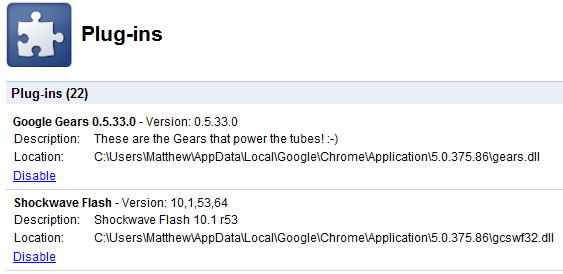Making good on a promise it made a few months ago, Google has natively integrated Adobe's Flash Player plug-in into the latest version of Chrome. Build 5.0.375.86 has been released to the stable channel on Windows, Mac and Linux, and besides enabling Flash by default, it also resolves a handful of security issues, including two with a medium threat level and three ranked high.
The decision to include Flash with Chrome underscores Google's stance in the ongoing debate over the technology's relevance in an age of HTML5. In fact, Google plans to include Flash 10.1 support in Android 2.2, an upcoming version of the search company's mobile operating system - a first in the industry, which largely shuns Flash on smartphones for being inefficient and unsecure.

Including Flash from the get-go offers various benefits for people who use the plug-in. For starters, new versions of Flash will be applied automatically through the browser's auto-update system, making it a bit more secure for folks who don't keep on top of updates. In March, we heard Chrome would sandbox Flash for added stability and security, but we aren't sure if this feature is present in 5.0.375.86.
You can update Chrome manually by going to the tools menu and clicking About Google Chrome. If you're not thrilled about the forced inclusion of Flash, you can simply turn it off: Enter "about:plugins" in Chrome's address bar and click disable next to Shockwave Flash. You can also allow or disallow plug-ins for specific sites under Tools > Options > Under the Hood > Content settings.